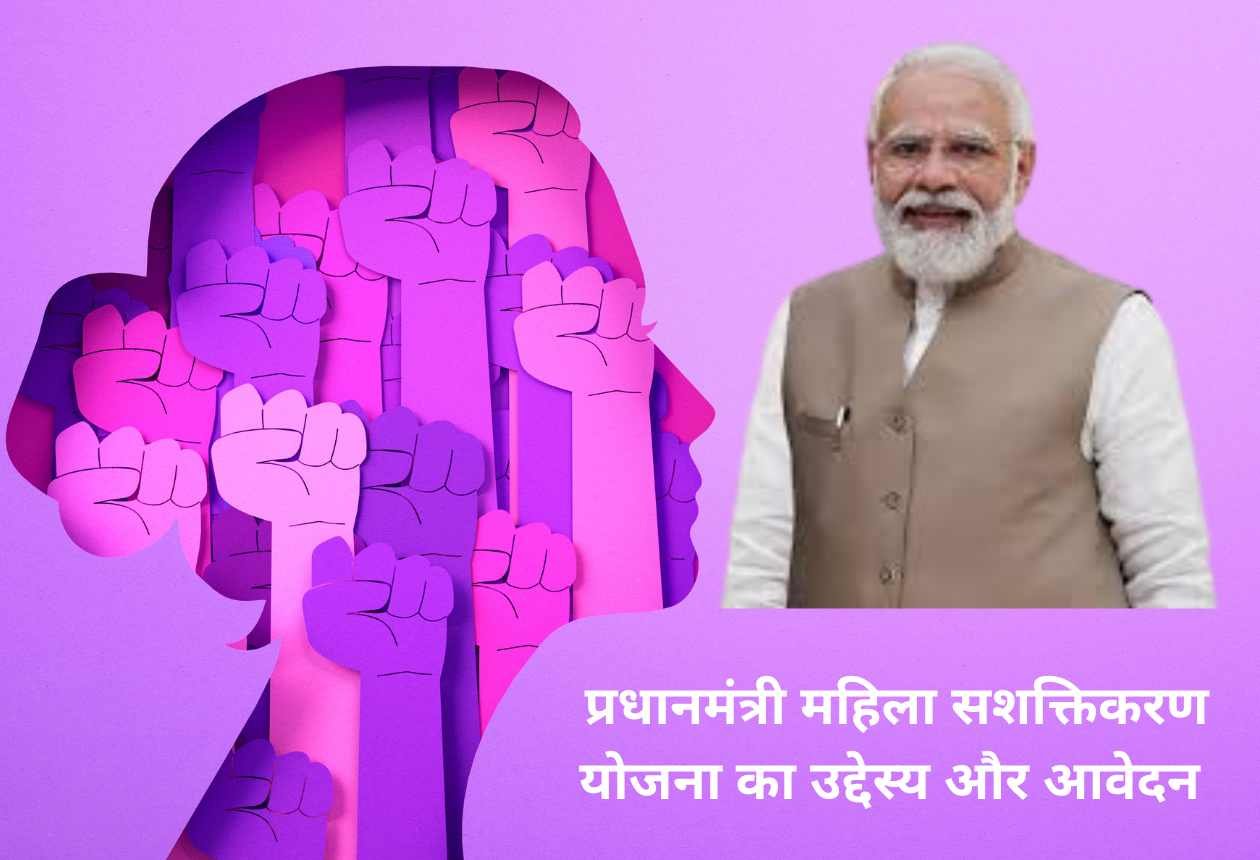Prime Minister’s Women Empowerment Scheme
There isn’t a single scheme explicitly named the “Prime Minister’s Women Empowerment Scheme” in India as of May 12, 2025. However, the Indian government, under Prime Minister Narendra Modi, has launched and promoted several initiatives aimed at women’s empowerment, often highlighted as part of a broader vision for “women-led development” to make India a developed nation by 2047. These schemes focus on education, financial independence, health, safety, and economic empowerment. Below is a concise overview of key central government schemes for women’s empowerment in 2025, based on available information.
Key Women Empowerment Schemes in 2025
1. Beti Bachao Beti Padhao (BBBP)
Launched: January 2015 by PM Narendra Modi in Haryana.
Objective: Address the declining child sex ratio, promote gender equality, and ensure girls’ education and well-being.
Benefits: Focuses on survival, protection, and education of girls through awareness campaigns and welfare services. Linked with Sukanya Samriddhi Yojana (SSY), which allows parents to open accounts for newborn girls with a maximum annual investment of ₹1.5 lakh, offering 8.2% tax-free interest for higher education or marriage.
Impact: Expanded to all districts, aiming for behavioral change and mindset shift toward valuing girls.
2. Lakhpati Didi Scheme
Objective: Empower 2 crore women in Self-Help Groups (SHGs) to achieve financial independence by earning at least ₹1 lakh annually.
Benefits: Provides training, financial support, and market access through SHGs. On March 8, 2025, PM Modi attended the Lakhpati Didi program in Gujarat’s Navsari district, with over 1.1 lakh women participating, highlighting its scale.
Impact: As of January 18, 2025, 83 lakh SHGs covering 9 crore women have transformed rural economies, fostering self-reliance.
3. Namo Drone Didi Scheme
Objective: Train 15,000 women from SHGs to become drone pilots, enabling them to perform economic activities like delivering medicines, groceries, and mapping agricultural land.
Benefits: Empowers women with modern technology skills, promoting financial independence and digitalization in rural areas.
Impact: Supports women in agriculture and rural development, aligning with the government’s tech-driven empowerment goals.
4. Pradhan Mantri Mudra Yojana (PMMY)
Launched: April 8, 2015.
Objective: Provide collateral-free microloans up to ₹20 lakh (increased in 2024-25 budget) to small/micro-entrepreneurs, with a focus on women-led enterprises.
Benefits: Around 69% of loans have been sanctioned to women, enabling them to start or expand businesses. Loans are classified into Shishu, Kishor, and Tarun categories based on business stage.
Impact: Enhances financial inclusion, with posts on X noting that 70% of PMMY loans have gone to women, though this lacks official 2025 data confirmation.
5. Stand-Up India Scheme
Launched: 2016.
Objective: Promote entrepreneurship among women and marginalized communities by providing loans between ₹10 lakh and ₹1 crore.
Benefits: Approximately 84% of loans have been sanctioned to women entrepreneurs, supporting new business ventures.
Impact: As of May 6, 2025, posts on X claim ₹62,808 crore has been disbursed to 2.99 lakh applicants, with over 80% of loans going to women, though official updates are needed.
6. Pradhan Mantri Matru Vandana Yojana (PMMVY)
Launched: 2017.
Objective: Offer ₹6,000 cash incentives to pregnant and lactating women for their first living child to improve health and nutrition.
Benefits: Compensates for wage loss and encourages institutional deliveries, though the amount hasn’t been adjusted for inflation since 2013, drawing criticism.
Impact: Supports maternal health but faces challenges with underfunding and stagnant payouts.
7. Mission Indradhanush
Launched: December 25, 2014.
Objective: Ensure full immunization of pregnant women and children, addressing health gaps.
Benefits: Focuses on maternal and child health, reducing mortality rates by ensuring vaccine access.
Impact: Strengthens women’s health as a foundation for empowerment, with ongoing implementation in 2025.
8. Working Women Hostel Scheme
Objective: Provide safe, affordable accommodation with daycare facilities for working women in urban, semi-urban, and rural areas.
Benefits: Supports women in employment by ensuring convenient living arrangements, especially where job opportunities exist.
Impact: Enhances workforce participation by addressing safety and logistical concerns.
9. Mission Shakti (2021–2026)
Objective: An umbrella scheme for women’s safety, security, and empowerment, with sub-schemes like Sambal (safety) and Samarthya (empowerment).
Benefits: Includes One-Stop Centres (OSCs) assisting over 6.22 lakh women by 2022, Women Helplines (181) handling 8.2 million calls, and Beti Bachao Beti Padhao expansion. Also integrates with other missions like Vatsalya and Poshan 2.0.
Impact: Aims for a lifecycle approach to empowerment, though budget allocations for women-specific components (e.g., Nirbhaya Fund at ₹200 crore) remain limited.
Critical Analysis
While these schemes reflect a strong intent to empower women, there are gaps in implementation and funding. The 2025-26 gender budget emphasizes women-led development, targeting 70% female workforce participation, but allocations like ₹862.50 crore for the PM Employment Generation Programme (down from ₹1,012.50 crore) and unchanged ₹6,000 under PMMVY since 2013 raise concerns about adequacy. Additionally, schemes like Krishonnati Yojana (₹2,550 crore) lack dedicated provisions for women farmers despite 80% female involvement in agriculture. The narrative of “women-led development” is promising, but actual impact depends on addressing these funding gaps, ensuring last-mile delivery, and adjusting for inflation to meet real needs.
Conclusion
The Indian government’s women empowerment schemes in 2025, such as Beti Bachao Beti Padhao, Lakhpati Didi, Namo Drone Didi, and Mission Shakti, aim to uplift women through education, financial independence, health, and safety. However, challenges like underfunding and implementation gaps persist. Choose a scheme based on your needs—Lakhpati Didi for economic empowerment, PMMVY for maternal support, or Stand-Up India for entrepreneurship. For more details, visit official portals like wcd.nic.in or contact helplines like 181.


